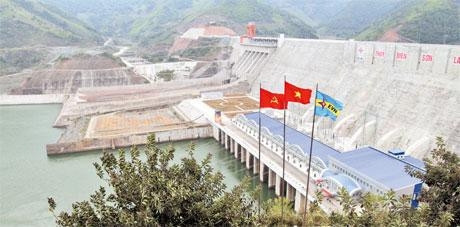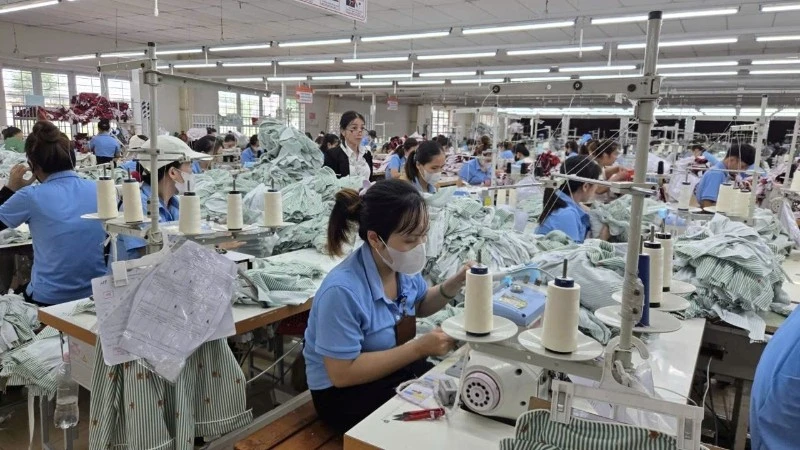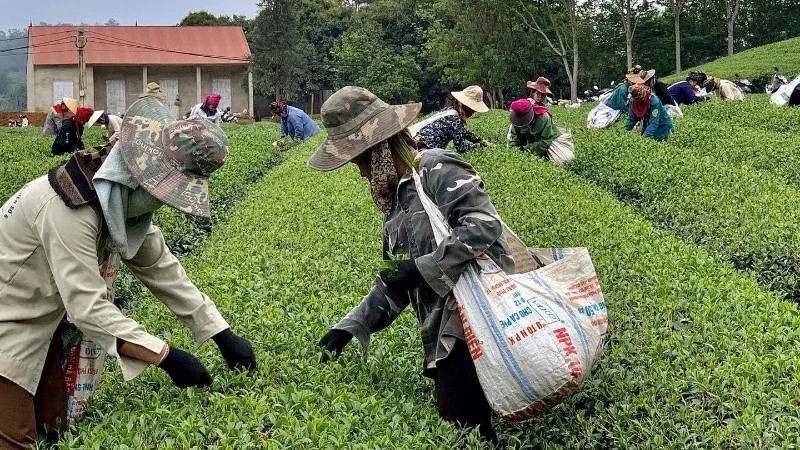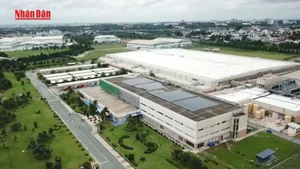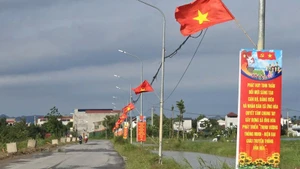2012: Highlights
In 2012, the Government adopted a package of measures aimed at reviving the economy and initially achieved some results managing to bring inflation under control, reducing the trade deficit, replenished foreign reserves and improving the balance of payments. The consumer price index rose 6.81% year on year in 2012, down from 18.13% in 2011 while economic output increased by 5.03% compared to the previous year.
The economy saw positive signs regarding inventory levels, banking liquidity and foreign reserves. The number of businesses that resumed their operations also increased as a result of the Government resolution on a number of measures to ease difficulties for enterprises and boost the market. It can be concluded that the Government’s measures were introduced in a timely and appropriate manner and produced some positive results by removing certain difficulties for enterprises.
Looking back at the economic picture of 2012, we can see some signs of instability, notably among domestic enterprises with an alarming number of insolvencies, high amounts of bad debt, high inventory levels, rising tax arrears, shrinking export markets and weak consumption.
Some targets that may have been considered achievements in previous years have now become causes of concern, especially modest credit growth, low inflation in the first half of the year and a move from trade deficit to surplus. These issues are the results of falling purchasing power in the domestic market, ineffective capital absorption and a decrease in new export contracts. Such difficulties, plus high borrowing costs, put more pressure on enterprises which faced tougher competition and a wave of mergers and acquisitions.
If slower growth is the inevitable result of the Government’s tightening policies aimed at curbing inflation, then interest rates, which are considered a key measure to ease difficulties for enterprises, have not been implemented in an aggressive way. In general, the Vietnamese economy in 2012 did not prosper as expected. The GDP growth rate remained low because traditional growth drivers including capital, consumption and manufacturing were all weak.
Meanwhile, inflation rose 6.81% year on year and had been fluctuating within a wide band and remained volatile. Within sight, Vietnamese people and businesses are still faced with numerous difficulties with no sign of economic recovery in the near future. Although the economy performed below expectations in 2012, if macroeconomic stability is maintained, the quality of growth is bound to improve in the coming years.
2013: Tough times ahead
It is predicted that the world economy in 2013 will continue to see a difficulty and risk with sluggish growth and weak global trade activities. Domestically, despite some achievements, the economy is still struggling. 2013 is the pivotal year of the five-year plan but many indicators have already fallen short of the targets for the 2011-2015 period.
The International Monetary Fund forecast that Vietnam’s economy would face an even harder time in the first half of 2013 due to the pressure of bad debt, liquidity of commercial banks, rate cuts and a shrinking market for manufactured goods. In 2013, the country will face great challenges including unfreezing the stock and property markets, maintaining growth, controlling inflation, reducing trade and budget deficit, attracting more foreign investment, reducing unemployment and ensuring social security. Vietnam needs to outline a group of effective measures to accelerate the restructuring process in order to stimulate sustainable growth; reduce intervention in the market with administrative measures, eradicate short-sightedness and group interests.
It is predicted that there will be an increase in M&A activity, insolvencies and restructuring activity. Therefore, we need to balance between the mobilised and disbursed capital at banks carefully. The reality requires the development of a capital market so that enterprises can mobilise social resources by issuing bonds and shares. Vietnam needs to promote the selling of State-owned stake in non-essential enterprises and speed up the equitisation of State-owned enterprises, even large ones to improve liquidity on the market. At the same time, the Government should strictly control loans for investment and consumption and channel the credit flow into priority sectors including agriculture, manufacturing and export to prevent the return of high inflation. In particular, there needs to be appropriate policies to restore the confidence in credit institutions, make available capital funds, regulate the inter-bank market, and then speed up the turnover of capital in the banking system and filtering of weak banks and enterprises.
The goal of the Vietnamese economy in 2013 is maintaining growth and macroeconomic stability as the foundation to accelerate the economic restructuring process aimed at boosting efficiency and growth. Therefore, in 2013, the Government will remain persistent in tightening the monetary policy, prioritising macro stability and managing inflation to moderately low levels. Settling banking bad debts (primarily warming the property market) and restructuring State-owned enterprises are two significant strategies that will drive economic growth in 2013. However, it is difficult to completely tackle bad debt and restructure enterprises quickly.
One of the biggest opportunities in 2013 and the following years is the strengthened position and bright economic growth prospects of the Asia-Pacific region, a region of strategic importance to Vietnam. Therefore, Vietnam needs to foster co-operation and participate in the regional supply chain while strengthening co-operative institutions and economic alliances in Southeast Asia and the entire Asia-Pacific region.
For their part, domestic enterprises should take the initiative to restructure themselves, strengthen management, reduce production costs, expand their business, seize opportunities, access cheap funds and supplies of equipment, as well as take bold steps into the restructuring process, the supply and value chain in both domestic and international markets.
